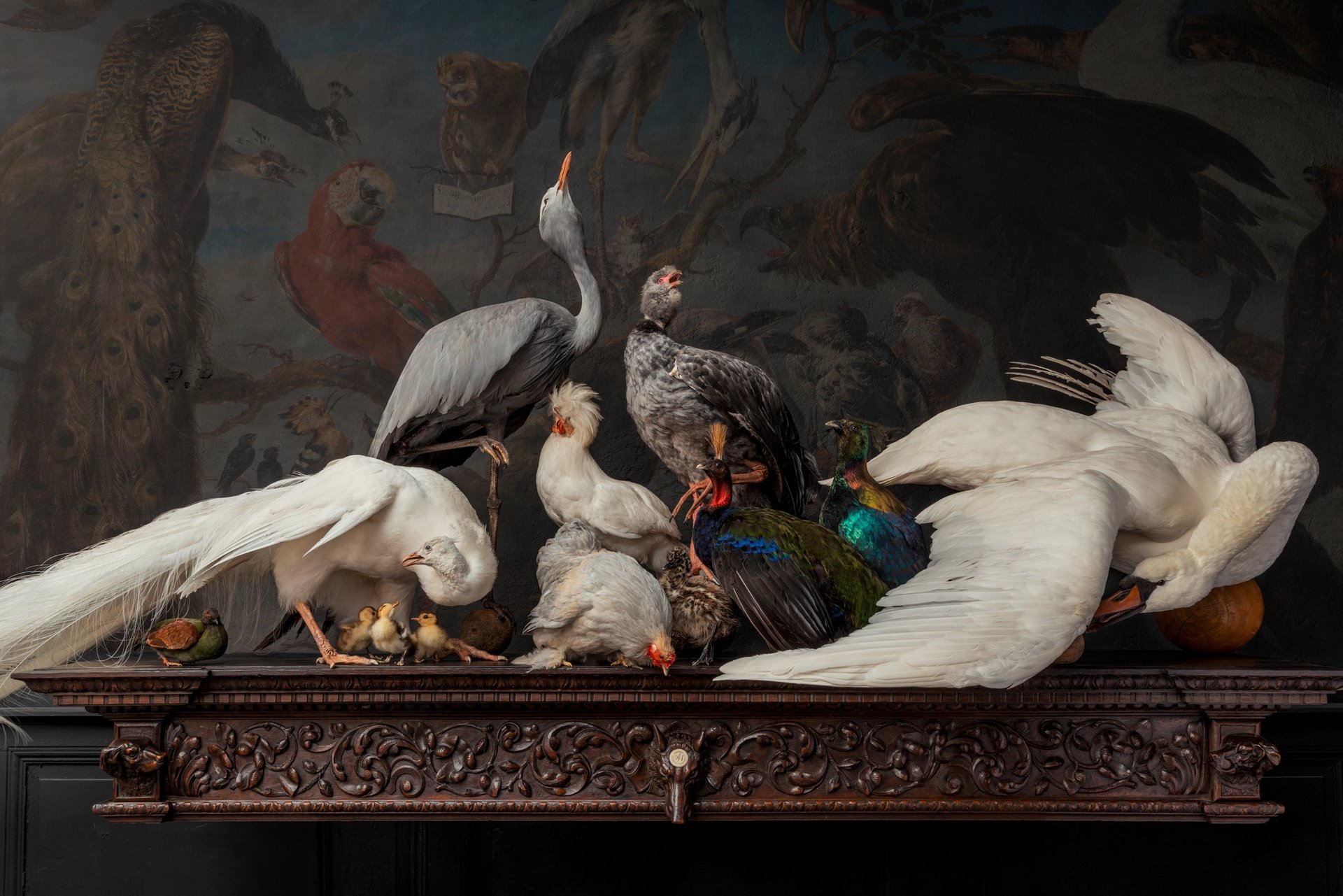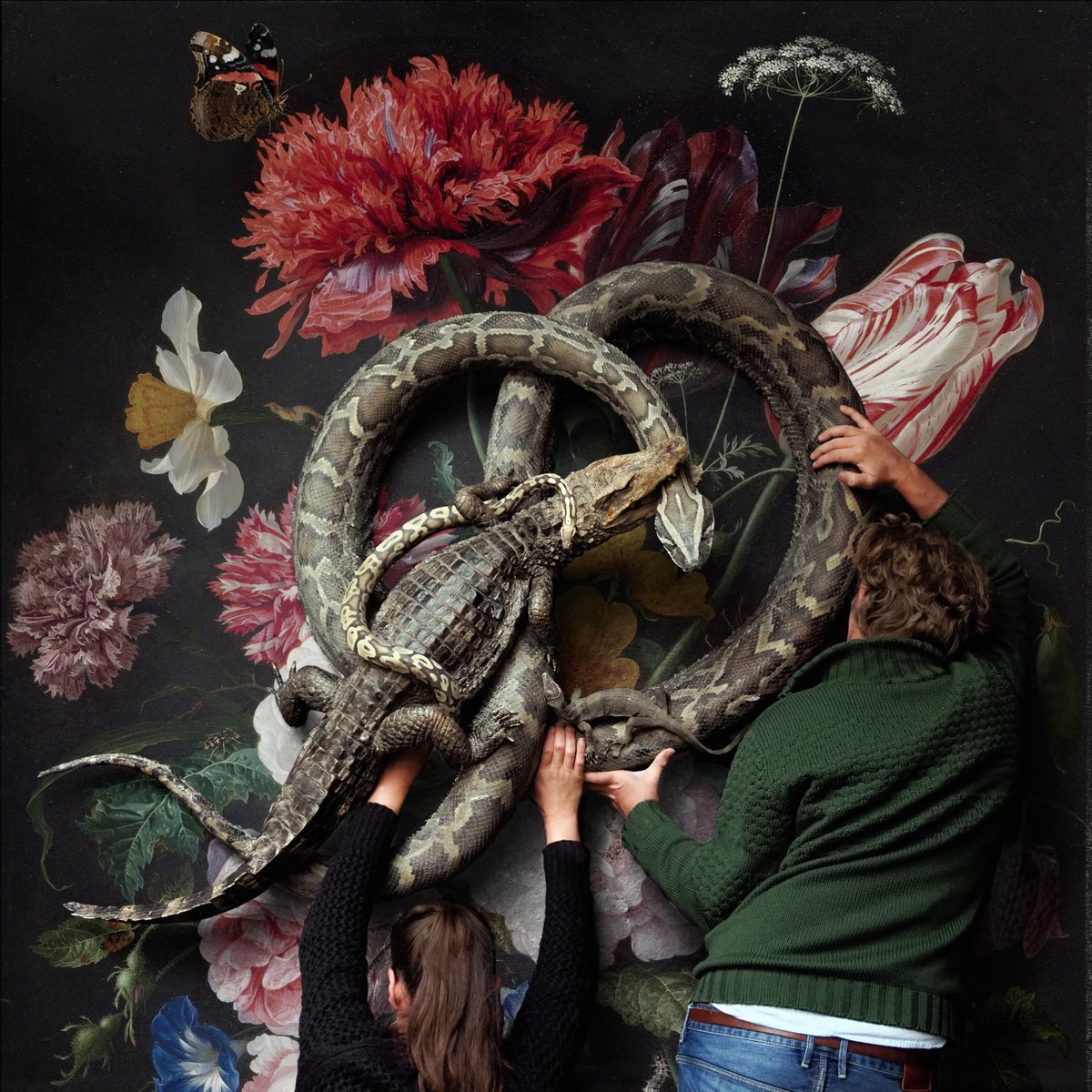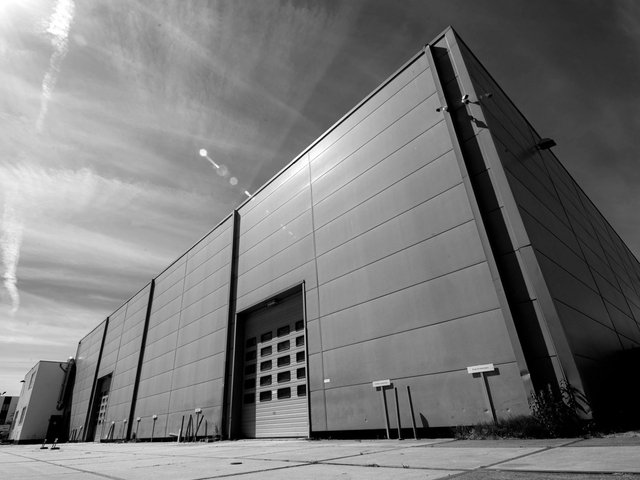In the 16th century, it was known as a wunderkammer—a room of wonders, a cabinet of curiosities for the global elite to show off collections of exotic treasures.
Now, two artist-taxidermists and the Vrije Academie cultural education institute have created what they call a "modern wunderkammer", in a richly restored canal house in Amsterdam.
The Art Zoo Museum is "different from museums—it’s more of a collection, an old wunderkammer but then a contemporary translation of it,” says Ferry van Tongeren, a former advertising agency owner who retrained as a taxidermist, and achieved international fame after he and his partner sold their first collection to Damien Hirst in 2016.

Darwin, Sinke & Van Tongeren, C’est Un Vol Vert © Darwin, Sinke & Van Tongeren
The museum, which opens on 26 June, is like a collision between the Natural History Museum of the 1980s, an old English country house collection of petrified butterflies and the extraordinary wealth of the Dutch Golden Age—Delftware tiles in the kitchen, metres of expensive marble, hand-painted ceilings and now Modern art.
“The people of the building needed a permanent exhibition here and our work works best in a cool environment, an environment that adds to the atmosphere,” says his artistic partner Jaap Sinke. “In a white cube gallery, it works, but it works much better when the building is classical.”
Instead of being mounted in stiff poses, the wild animals, who died a natural death, take the strangest shapes. A gigantic crocodile hangs from the ceiling, jaws open like a terrifying light shade, a flock of parrots escaping their cages takes up an entire room, a tiger appears to be eating its tail. In one room—reflecting a time of Dutch speculation on flower bulbs known as “tulip mania”—hundreds of flowers have been grown then preserved in formaldehyde.

Darwin, Sinke & Van Tongeren, Hondecoeter © Darwin, Sinke & Van Tongeren
In a café-restaurant, the ornate ceiling has become an artwork of shell as well as all of the scalpels this artistic team has used over the last decade. A mirror in one room might reveal you, the viewer, as the world’s most dangerous animal. But this is not a moral lesson, says Van Tongeren, whose collective is known as Darwin, Sinke & Van Tongeren, to recognise how they have been influenced by Charles Darwin and his ideas of evolution and diversity.
“We are addicted to the beauty of collections and of things,” he says. “But nature is actually a lot less beautiful than I once thought. Beasts are torn apart and eaten alive. With the knowledge of what actually happens, though, you can also recreate beauty.”




